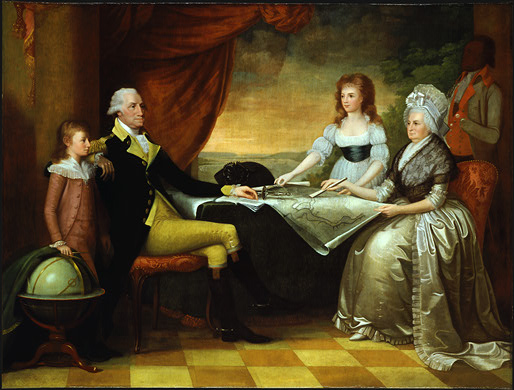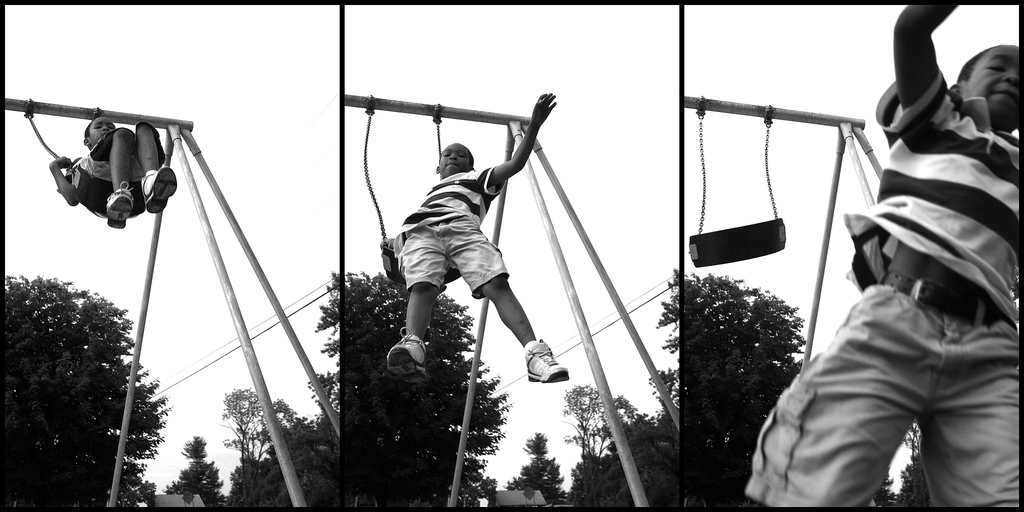We got this question in a recent email from Stacey:
“I feel like I'm always saying ‘Don't’ and ‘No’ many times a day. I say, ‘No, don't touch that,’ and ‘No, you can't have that,’ all day long. Do you have any ideas for saying ‘Yes’ more?”
Stacey,
This is something that a lot of parents struggle with. Here are some ideas about how to say ‘yes’ and still meet your needs as a parent.
- Connect to the underlying need: All human behavior is an attempt to meet a need. When a child is doing something that doesn’t work for you, ask yourself- what is the need that he is trying to meet? Is it communication, connection, entertainment, exploration, autonomy, or? This list could go on and on. When we can identify the need that our child has (even if we have to guess) it’s then easier to think of all the different possible ways to meet that need. It’s especially important to identify the child’s need when you can’t seem to make sense of why a child is behaving a certain way. Kid’s behaviors that we understand we can more easily have compassion for; behaviors that we don’t understand are more likely to cause us frustration and disappointment.
- Build skills: Teaching kids new skills can decrease the necessity to say “no”. Here’s an example. In our classroom kids sometimes hit other kids. Frequently kids hit others because they want to play with that child and haven’t figured out how to enter into the game. Just saying, “no hitting” to a child, while it might stop the hitting in the moment, does nothing to address his underlying need of connection or friendship. Modeling and teaching him how to enter into play with others gives him the skills to stop hitting. Without these “entering play” skills the hitting is not likely to decrease. Kid’s needs to have meaningful connections, friendships and belonging will most likely trump their desire or ability to be obedient to your request for “no hitting”.
- Offer empathy: Identifying a child’s need first allows you to communicate with them from a place of connection. All humans share the same needs; needs are universal. We can all relate to our child’s needs for connection, understanding, attention, exploration, and autonomy, etc. We want our own needs in those areas to be met too. Offering empathy communicates that you recognize what the child is trying to accomplish because you can relate, on some level, to having had a similar desire.
- Figure out a “yes” by offering another option: Identify something that you can say yes to. Can the child do that thing later in the day? Or tomorrow? Or in a different location? Or with a different tool? “You can have a cookie after dinner.” “It doesn’t work to cut books, but you can cut this scrap paper.” “I’m noticing that you’ve been chewing on your shirt a lot. Let’s find something else that you can put in your mouth.” “Oh, it’s so hard not to touch the fragile things in the store. Do you want to hold my keys to remind you to keep your hands off the things for sale?” “You guys are having so much fun, but this rough, loud play isn’t comfortable for me to be around? Where could you go to play that way?”
- Give a reason: Give kids an explanation or a reason for your “no”—even if it’s not a very good reason—so they can begin to make sense of your perspective. “I know you’re probably not going to fall from there. I’m feeling nervous that you could get hurt. I’m willing for you to climb up to this part but not beyond.” “Last time we were at the pool we had mom with us so you two were able to play in separate areas. Today it’s just me so you guys have to decide together about which area to play in so that I can make sure that you are both safe in the water”.
Here’s our challenge to you. Pick one of the above techniques to use with your children the next time they you need to say “no” to them. Tell us in the comments section, which one you’ll use: connecting to the need, building skills, offering empathy, figuring out a “yes” or giving a reason.
Thanks for reading and commenting. It really makes a difference to us. We love getting comments, questions, and emails too.
Cecilia and Jason









